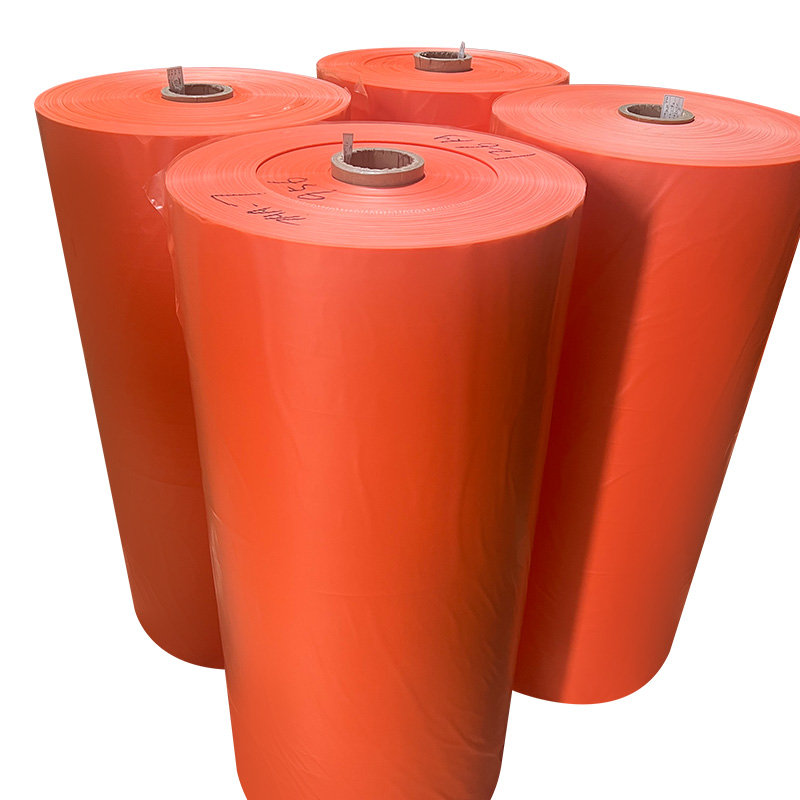Polyethylene (PE) film is produced using several manufacturing processes, each with its unique characteristics and applications. Here are the main processes used to produce PE film:
Blown Film Extrusion:
This is a common method where molten polyethylene resin is extruded through an annular die and then inflated into a bubble by high-pressure air. The bubble is cooled and then collapsed onto a set of rollers for further processing and winding.
Cast Film Extrusion:
In this process, the molten polyethylene is extruded onto a chill roll or a series of rolls to form a thin film. The film is then cooled and wound up. Cast films typically have better surface smoothness and thickness uniformity compared to blown films.
Solution Casting:
Polyethylene is dissolved in a solvent to form a solution, which is then cast onto a flat surface. The solvent is evaporated off, leaving behind a thin film of polyethylene. This method can produce films with special properties but requires careful handling of solvents for environmental safety.

Calendering:
Although not explicitly mentioned in the provided sources, calendering is another method where the molten polymer is passed through a series of heated rollers to achieve a thin, smooth film.
Extrusion Coating:
This process involves extruding a thin layer of molten polyethylene directly onto a substrate, such as paper or another type of film, to create a composite material.
Inflation Coating:
Similar to extrusion coating, but the polyethylene is inflated into a bubble and then coated onto a substrate as it is cooled.
Each of these processes can be tailored to produce PE films with specific properties for various applications, such as packaging, agriculture, or protective films. The choice of manufacturing process depends on factors like film thickness, surface properties, mechanical strength, and production efficiency.



 English
English 中文简体
中文简体














